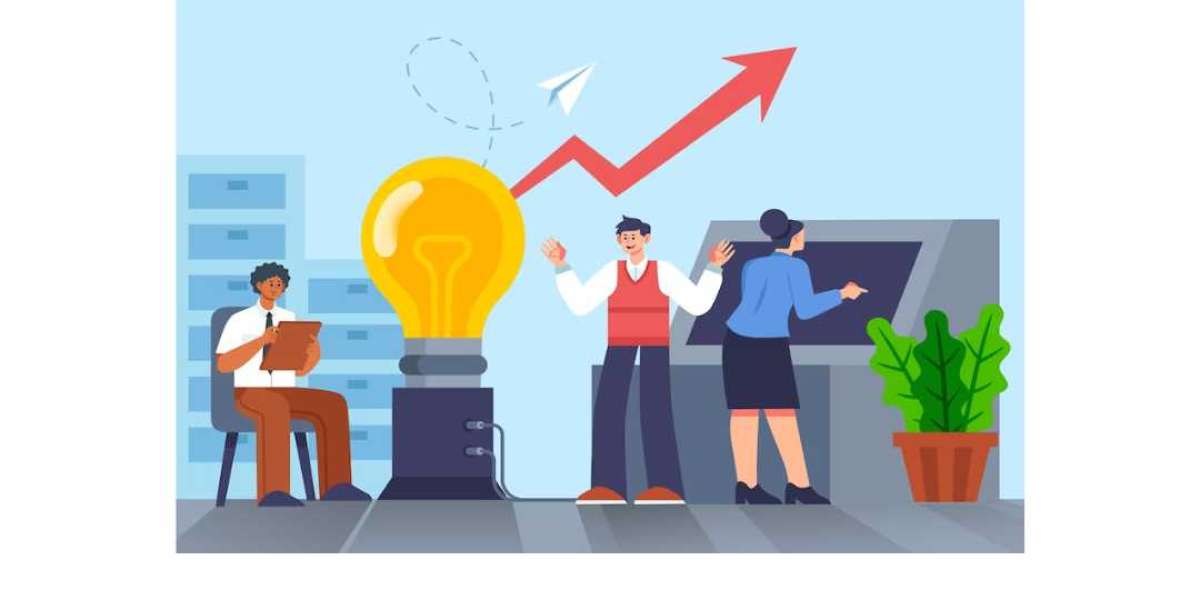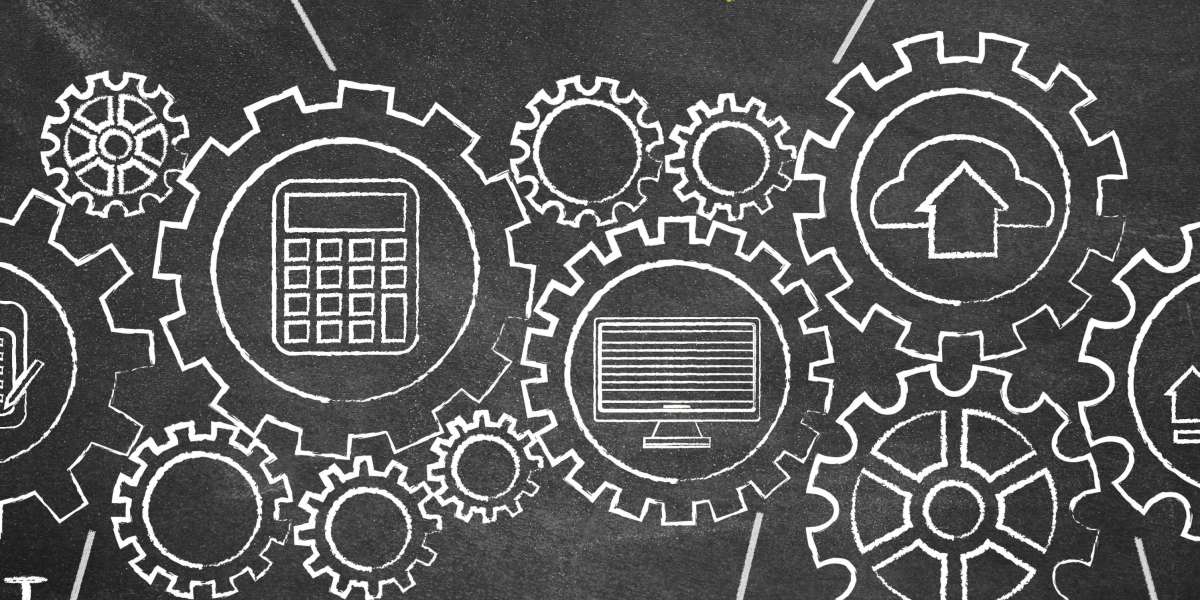In today's rapidly evolving digital landscape, organizations often find themselves grappling with the challenges posed by legacy systems. These aging infrastructures, while once revolutionary, can now hinder agility, scalability, and innovation. However, rather than viewing legacy systems as burdensome relics of the past, savvy enterprises are embracing modernization strategies to unlock their hidden potential and drive business growth.
Embracing Incremental Modernization Approaches
One effective strategy for modernizing legacy systems involves adopting incremental approaches. Instead of undertaking massive overhauls, organizations can break down modernization initiatives into manageable chunks. By prioritizing critical functionalities and business processes, they can gradually migrate or refactor components of the legacy system while ensuring minimal disruption to operations. This iterative approach allows for continuous improvement and adaptation to changing business needs.
Harnessing the Power of APIs and Microservices
Another key modernization strategy revolves around leveraging APIs (Application Programming Interfaces) and microservices architecture. By encapsulating legacy functionalities into APIs, organizations can expose these capabilities to modern applications and platforms, enabling seamless integration and interoperability. Microservices architecture further enhances agility by breaking down monolithic legacy applications into smaller, independently deployable services. This decoupling of components facilitates scalability, flexibility, and easier maintenance.
Adopting Cloud-Native Solutions
Cloud computing offers compelling opportunities for modernizing legacy systems. By migrating legacy workloads to cloud environments, organizations can take advantage of elastic scalability, pay-as-you-go pricing models, and a wealth of managed services. Cloud-native technologies, such as containers and serverless computing, provide the foundation for building scalable and resilient applications. Moreover, cloud platforms offer robust security features and compliance certifications, addressing concerns around data protection and regulatory requirements.
Embracing DevOps and Agile Methodologies
Modernization efforts are greatly enhanced by embracing DevOps practices and agile methodologies. DevOps fosters collaboration between development and operations teams, streamlining the software delivery pipeline and accelerating the pace of innovation. Agile methodologies, such as Scrum and Kanban, promote iterative development, allowing organizations to quickly respond to changing requirements and market dynamics. By adopting a culture of continuous improvement and automation, organizations can drive efficiency and innovation in their legacy system modernization endeavors.
Conclusion
Legacy systems modernization is not merely about replacing outdated technology; it's about embracing innovation and leveraging the strengths of existing systems to fuel digital transformation. By adopting incremental approaches, embracing APIs and microservices, leveraging cloud-native solutions, and embracing DevOps and agile methodologies, organizations can embark on a journey of modernization that unlocks new opportunities, enhances competitiveness, and ensures long-term success in today's dynamic business landscape.








